If you’re looking for a practical guide to gauge where your favourite car brand is placed before you are thinking of a new car, look no further than our Pyramid of Car Brands.
The first you might notice that the car brands you love are linked from budget cars to the ultimate luxury and sports cars and anything in between. Remember cars are diverse and brands are offering a wide variety of designs, quality, pricing and, yes, experiences.
In response to evolving consumer preferences in the digital era, several auto manufacturers are pivoting from conventional showrooms to more immersive brand experience centres. These contemporary spaces emphasize a deeper connection with the brand and its ethos, allowing consumers to delve into vehicle attributes and use cutting-edge technology for virtual customizations, all without the direct push to buy. Strategically placed in retail malls or busy footfall locations, for instance, these centres seamlessly merge product discovery with lifestyle experiences, creating communal spaces that nurture brand affinity, much like how Tesla’s mall-centric locations have set a trend.
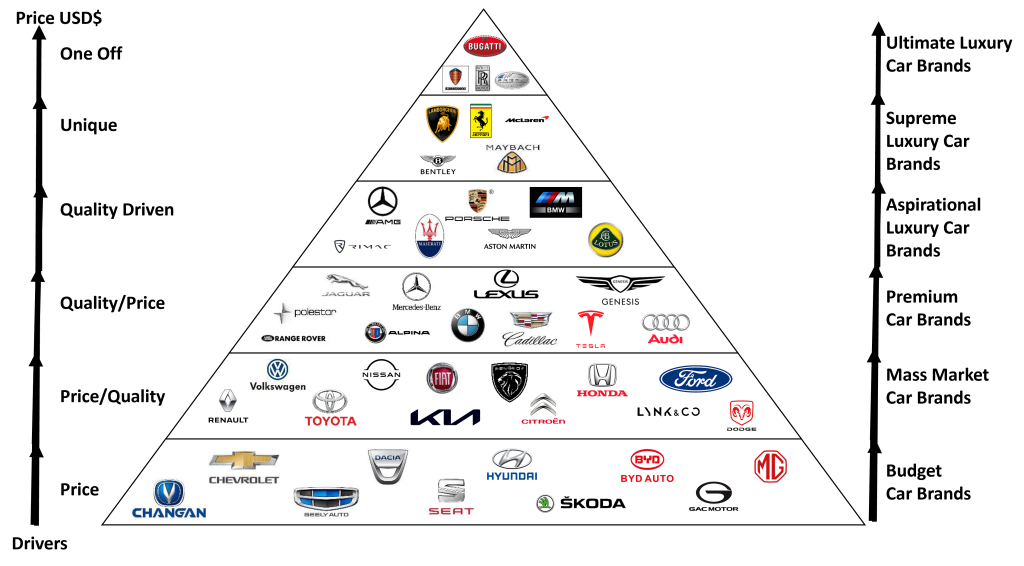
Source: Jesta Freak
The first thing you may notice is that your favourite car brand, which you might commonly consider to be at the pinnacle of the car pyramid, appears a lot further down than expected. Why is that? It’s because the top end of the market, ultimate luxury cars, and supreme luxury car brands, is only open to specialist, traditional, highly skilled, and qualified, supercars, or boutique car makers. So, think rare, one-off, high-quality (hyper) cars, uniquely sourced materials, exclusive prime car brands, exceptional customers, and bespoke experiences.
What you may also notice are familiar names among the top tiers, which represent the importance of genuine uniqueness and exclusivity among the true luxury experience.
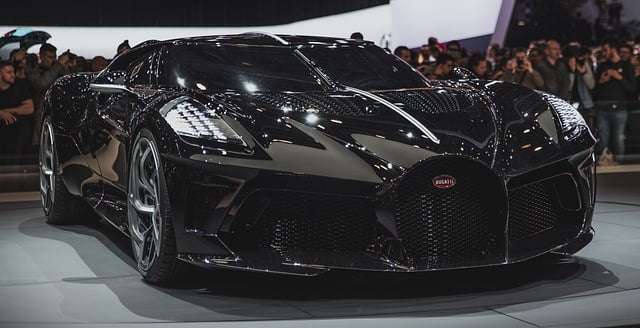
So, what is the bottom tier? You might not have guessed it, but these are the budget car brands. Yes, budget. You might not be familiar with some of the “budget” brands. Several Chinese companies provide affordable car brands including MG (formerly a British brand), GAC Motor, Byd Auto, Changan, and Geely Auto. Dacia, Seat, and Skoda represent the European budget brands and offer a range of affordable models. Finally, Chevrolet from the United States offers a range of budget-priced models.
This tier is controlled by some of the biggest car companies in the world, such as Volkswagen Group, GM, and Geely Auto. Despite the popularity, the category has sparked discussions about sustainability, safety standards, and quality, like all budget categories, it seems price is still an important driver to buy cars.
This brings us to mass-market car brands that represent brands such as Volkswagen, Kia, Renault, Peugeot, Ford, and Fiat, for instance. This tier includes some well-known car brands and models, and they provide their customers with a brand experience, and pricing that reflects durability and a level of quality. However, it is still about buying products and not yet about experiences.
Moving up the hierarchy, we find premium car brands. These brands are perceived by many customers as luxury brands, with associated higher pricing and quality. Some of these brands have car models in either higher or lower segments to diversify their brand model line offerings. These brands have established a strong reputation, operate some form of loyalty process, assuring existing customers of their connection with them, and balance quality and price. Well-known brands include BMW, Mercedes, Audi, Lexus, Range Rover, Tesla, for instance.

These car brands often employ specific themes or motifs as central inspirations. For example, both Audi and BMW, flagship automakers from Germany, emphasize premium luxury and target an audience seeking a blend of advanced features, performance, and opulence. Their brand narratives underscore a profound commitment to engineering prowess, with Audi championing “Advancement through Technology” and BMW touting itself as the “Ultimate Driving Machine.” This shared dedication extends to prioritizing an enhanced driving experience and pushing technological innovation, be it in safety advancements or electric mobility. Rooted deeply in their German origins, both brands leverage their storied histories to highlight a tradition of automotive excellence and craftsmanship.
The next category is the aspirational luxury car brands such as Aston Martin, Maserati, Lotus, Porsche, M (BMW), AMG (Mercedes), for instance. There are some common themes in their brand messaging including the emphasis on quality, unique and limited models, engineering, speed, and emotional connections. These brands strive to resonate with their target audiences by conveying their core values and aspirations.
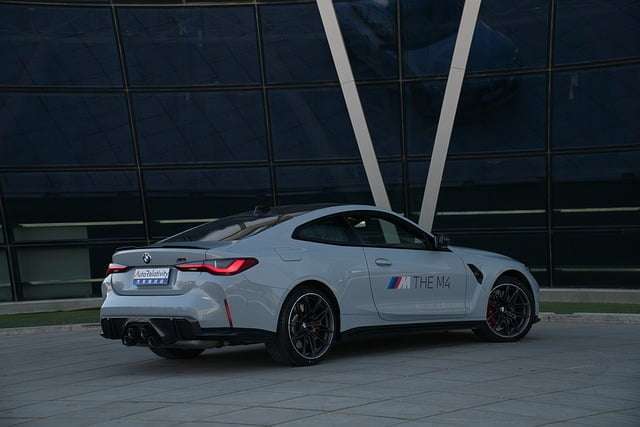
A significant characteristic of these cars is the increasing use of experience centres. Their flagship brand experience centres deliver an immersive experience, curating an ambiance that seamlessly blends the brand’s essence of quality and elegance with an added layer of sophistication. For instance, in the heart of Milan, Maserati’s premier storefront stands as a testament to luxury and personalization. Beyond merely exhibiting its newest models, this location offers customers an exceptional tailored service where they can curate their ideal vehicle. Guided by Maserati’s dedicated design experts, clients can navigate through a plethora of customization choices, from the car’s exterior shade to its interior detailing. This collaborative process ensures each Maserati not only exudes luxury but is also a distinctive representation of its owner’s preferences and style.
This brings us to the supreme luxury car brands that include the famous supercar brands of Ferrari, Lamborghini, Maybach, Bentley, and McLaren.
Each of these illustrious car brands has carved a unique identity in the automotive tapestry. Ferrari, rooted in Formula 1 heritage under the vision of Enzo Ferrari, has become synonymous with high-octane performance and the iconic ‘rosso corsa’ red. Lamborghini impresses with its audacious designs and powerful V10 and V12 engines, transitioning from its initial tractor manufacturing roots after a famed disagreement between Ferruccio Lamborghini and Enzo Ferrari. Maybach, the apex of Mercedes-Benz luxury, delivers an unparalleled, opulent ride, prioritizing rear-passenger comfort, and bespoke customization. Bentley merges British craftsmanship with racing lineage, resulting in luxuriously appointed vehicles that don’t compromise on performance, epitomized by models like the Continental GT. Lastly, McLaren, with its rich racing history, emphasizes pure driving dynamics and material innovation, particularly its extensive use of carbon fiber, and models like the P1 showcase their foray into cutting-edge hybrid technologies.
Lonely at the Top
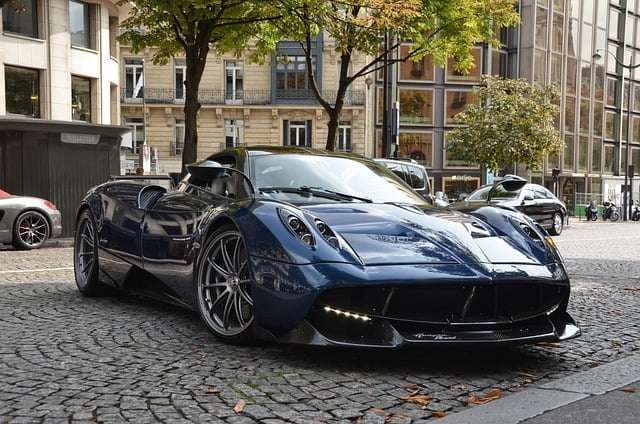
For those with a refined taste in automobiles and the financial means to indulge it – particularly the millionaires and billionaires of the world – there exists a select group of car marques that represent the pinnacle of automotive artistry and engineering.
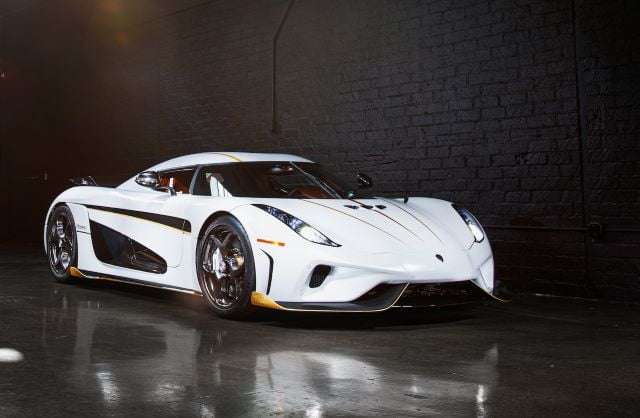
Among these paragons of vehicular excellence is Rolls-Royce, a brand steeped in tradition, delivering unparalleled opulence and bespoke craftsmanship for over a century. Then there’s Pagani, with its Italian flair, merges art with mechanics, crafting vehicles that are as stunning to look at as they are thrilling to drive. Koenigsegg, hailing from Sweden, constantly pushes the boundaries of innovation and speed, producing hypercars that challenge the very limits of automotive technology. Meanwhile, Bugatti, a name with French origins, is synonymous with opulence and raw power, producing some of the fastest and most exquisite cars on the planet.
These brands aren’t just about transportation. They’re about making powerful statements and cherishing the art of motoring.
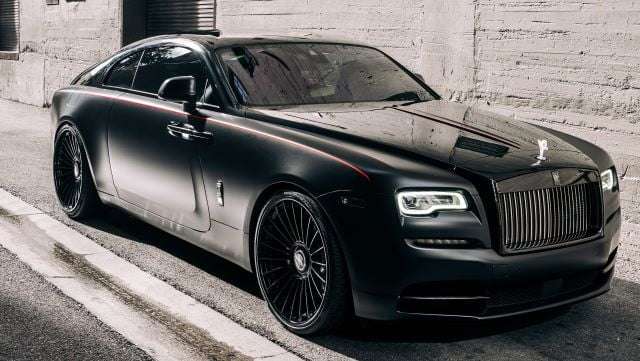
We welcome your feedback and comments. Register now to join the conversation, access exclusive content, and be a part of our exclusive brand communities.


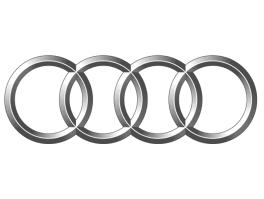


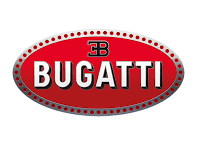

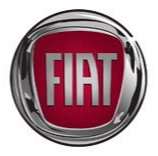






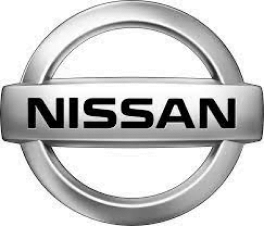


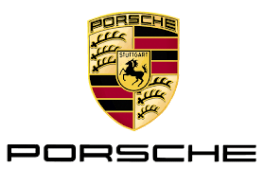


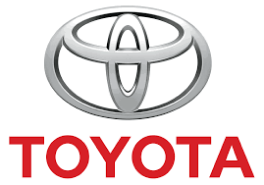





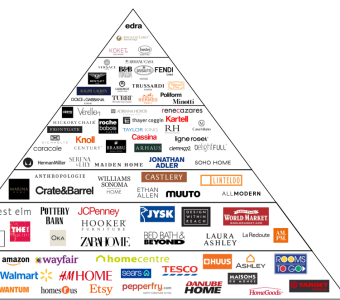




Tesla is not a luxury brand. It belongs under the pyramid, I know from experience.